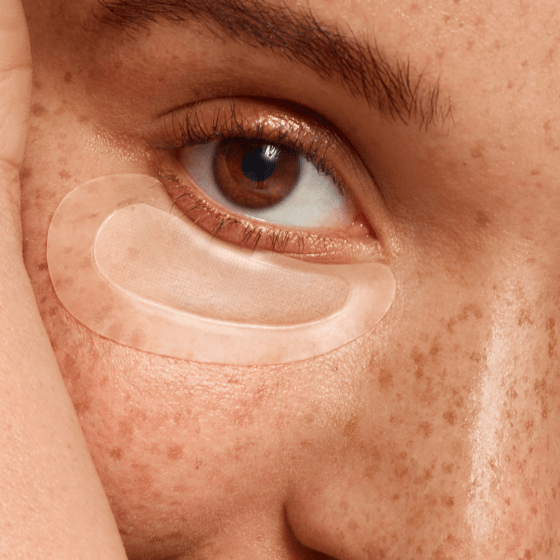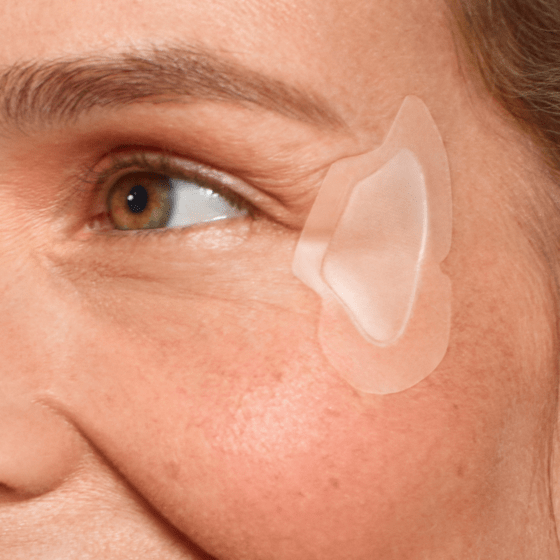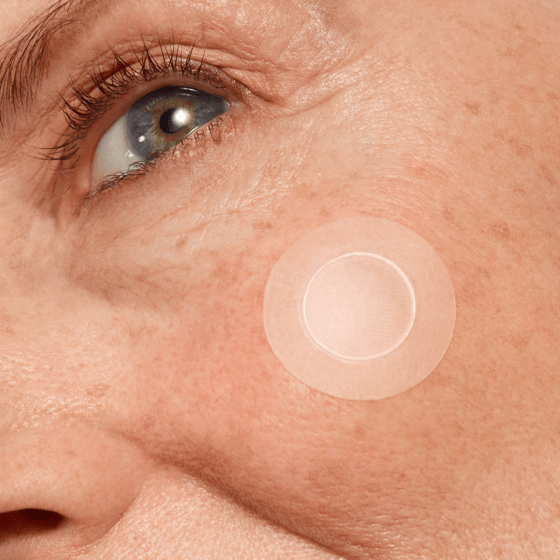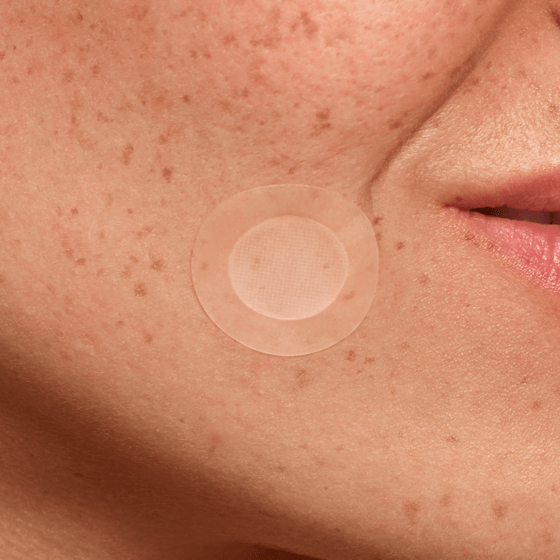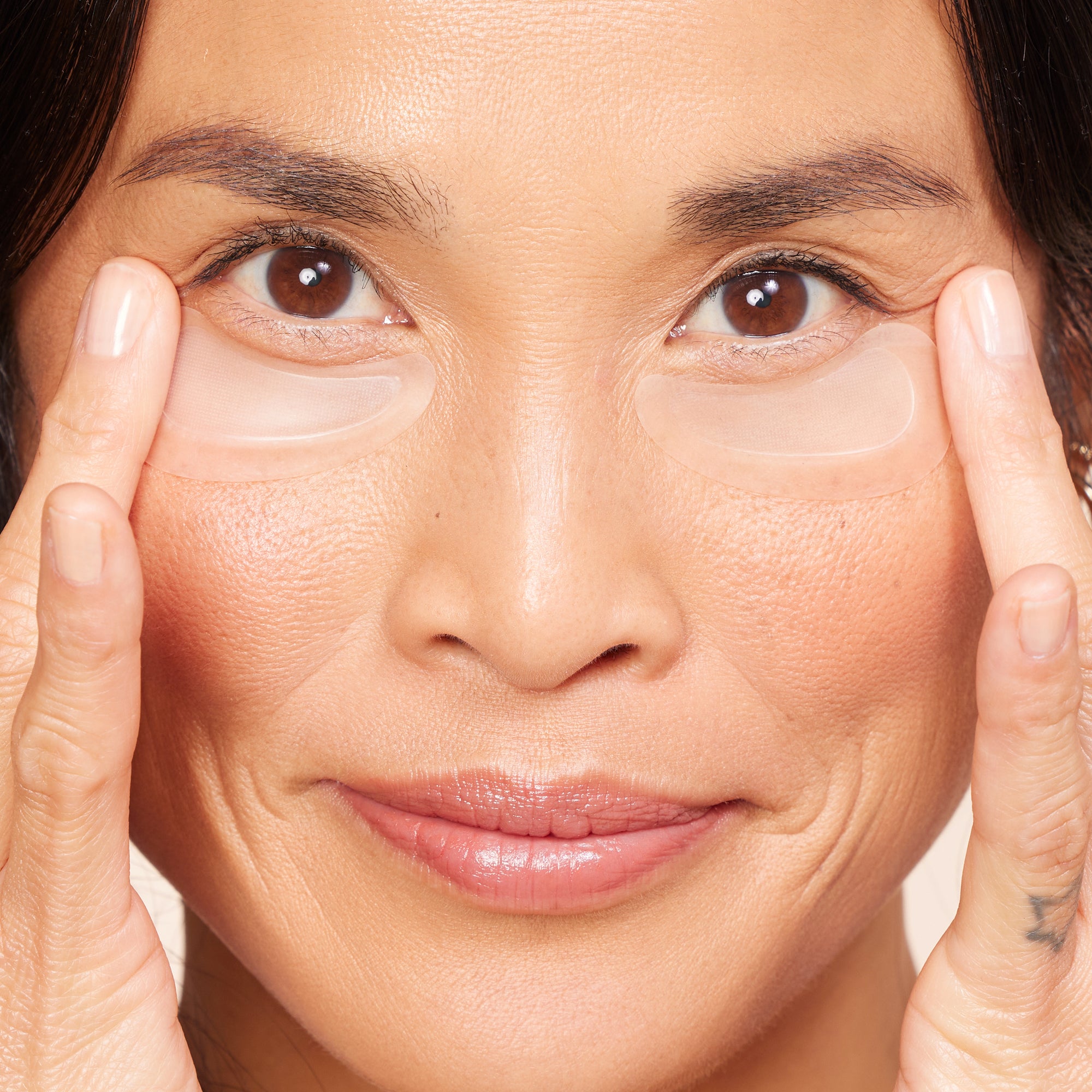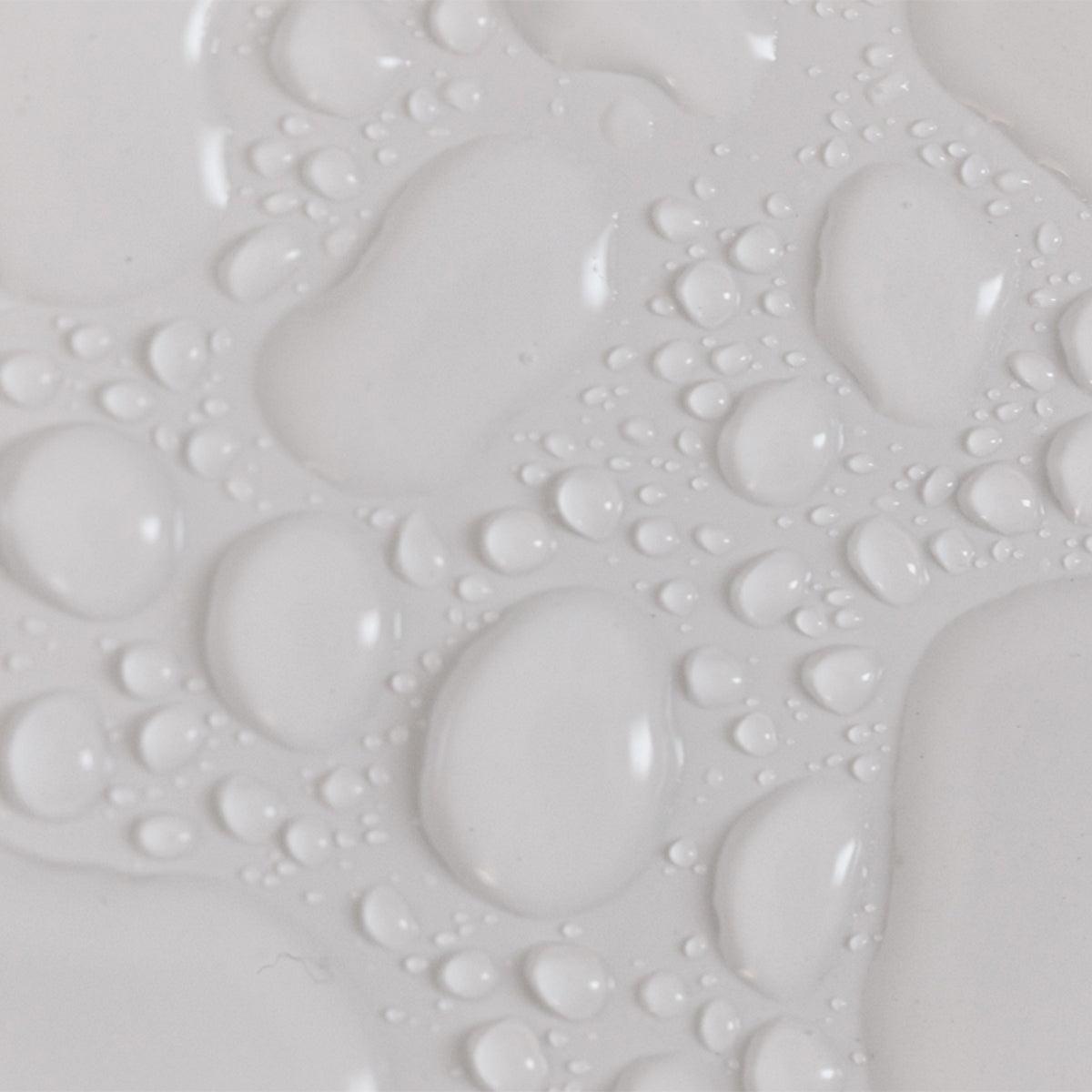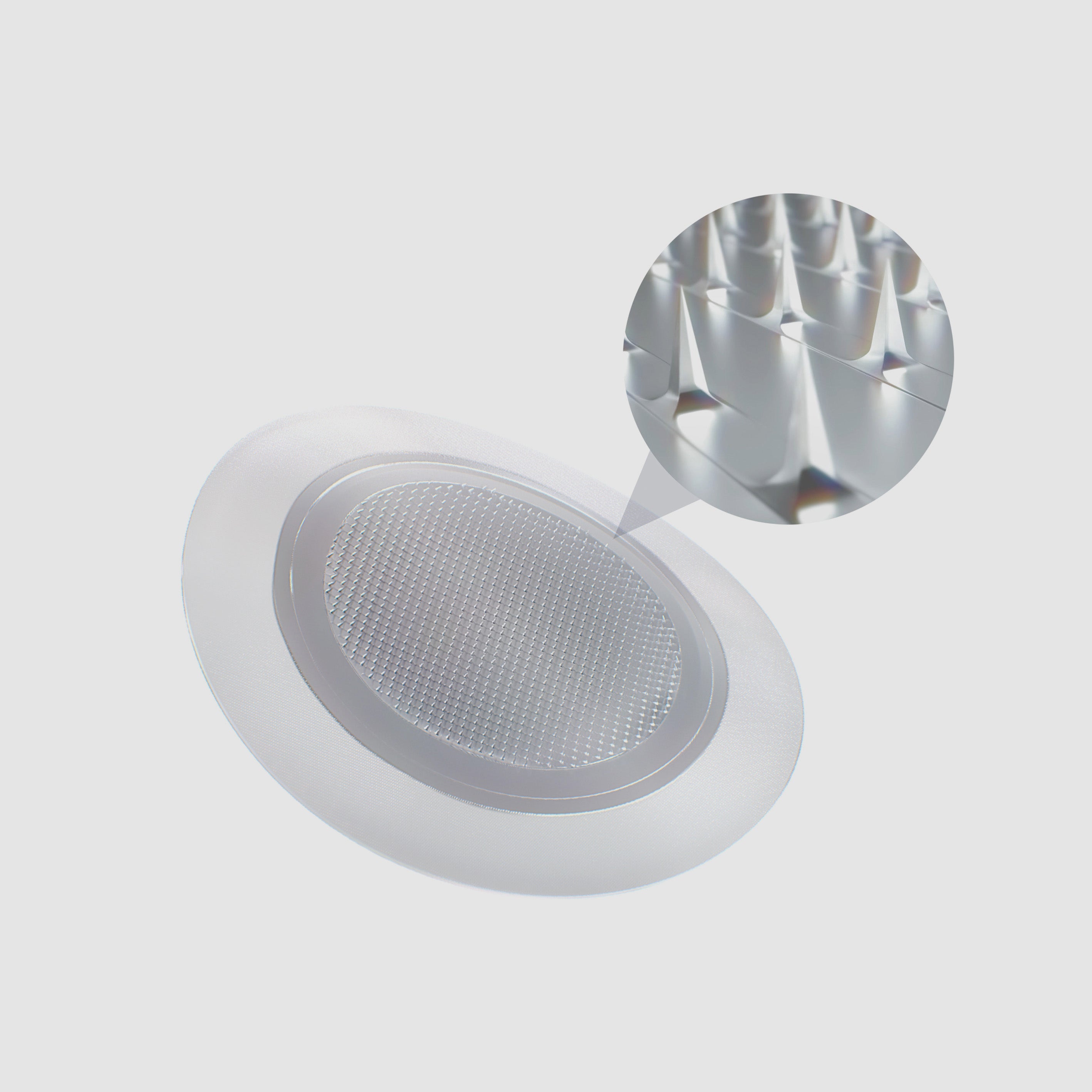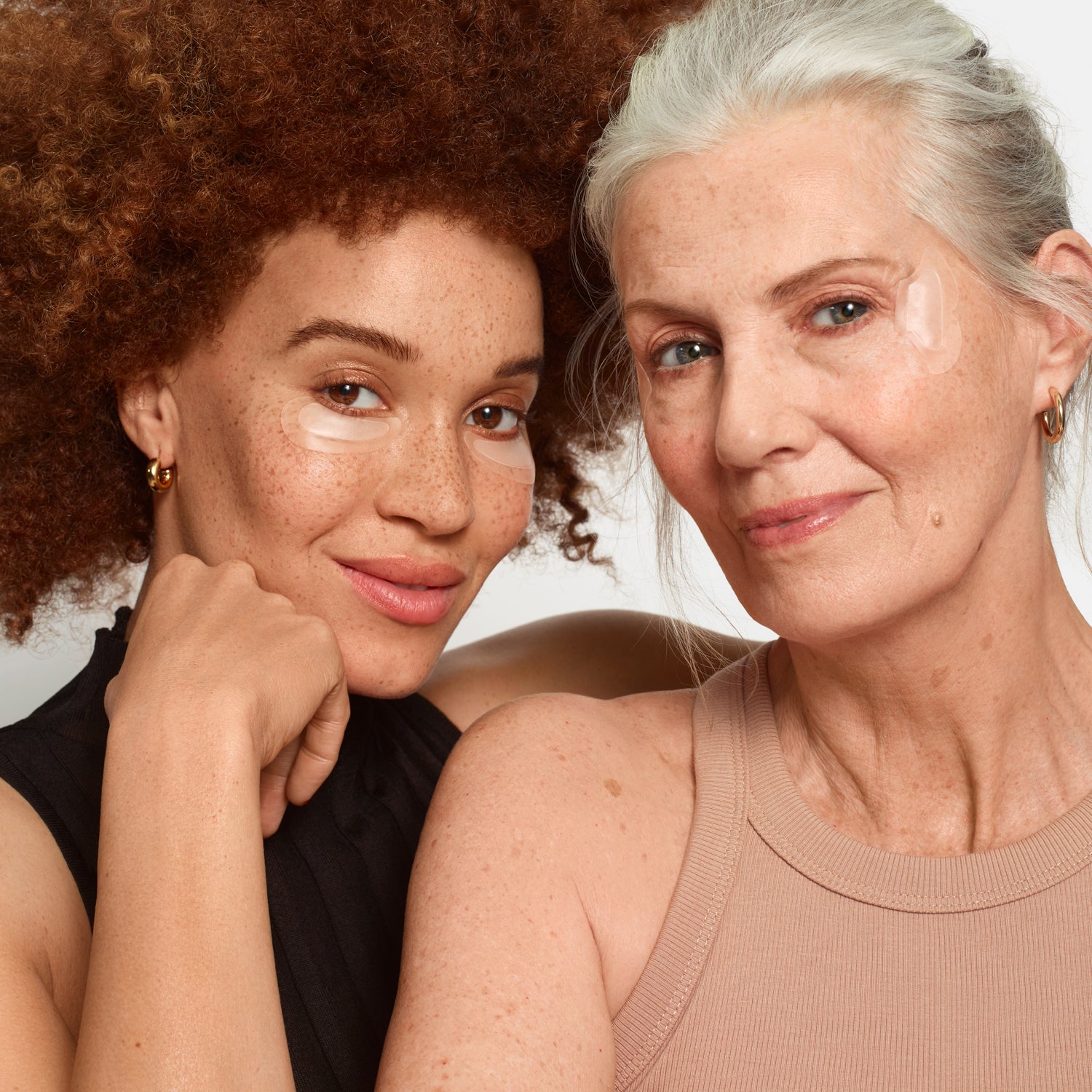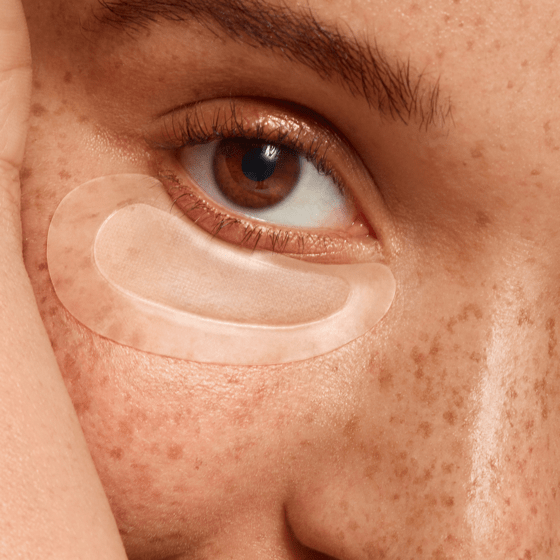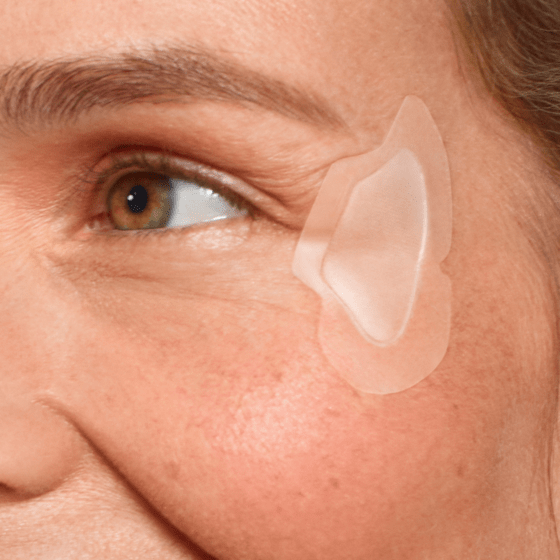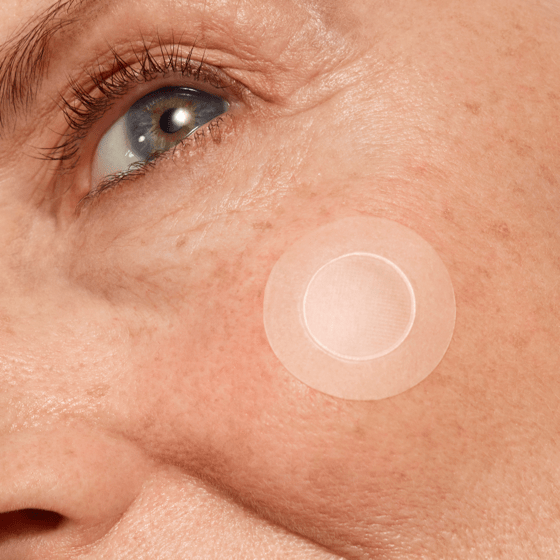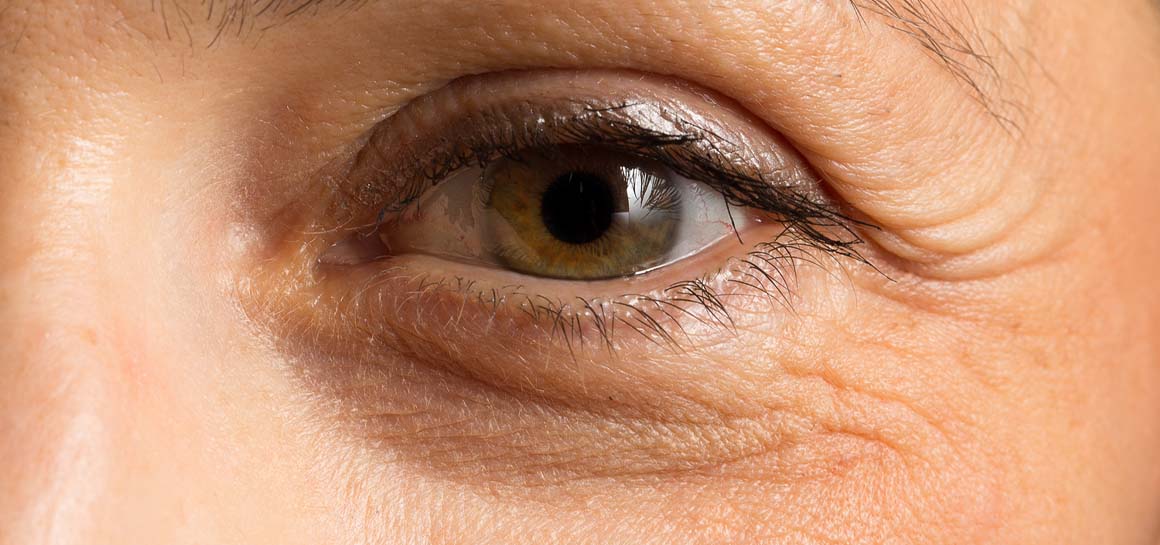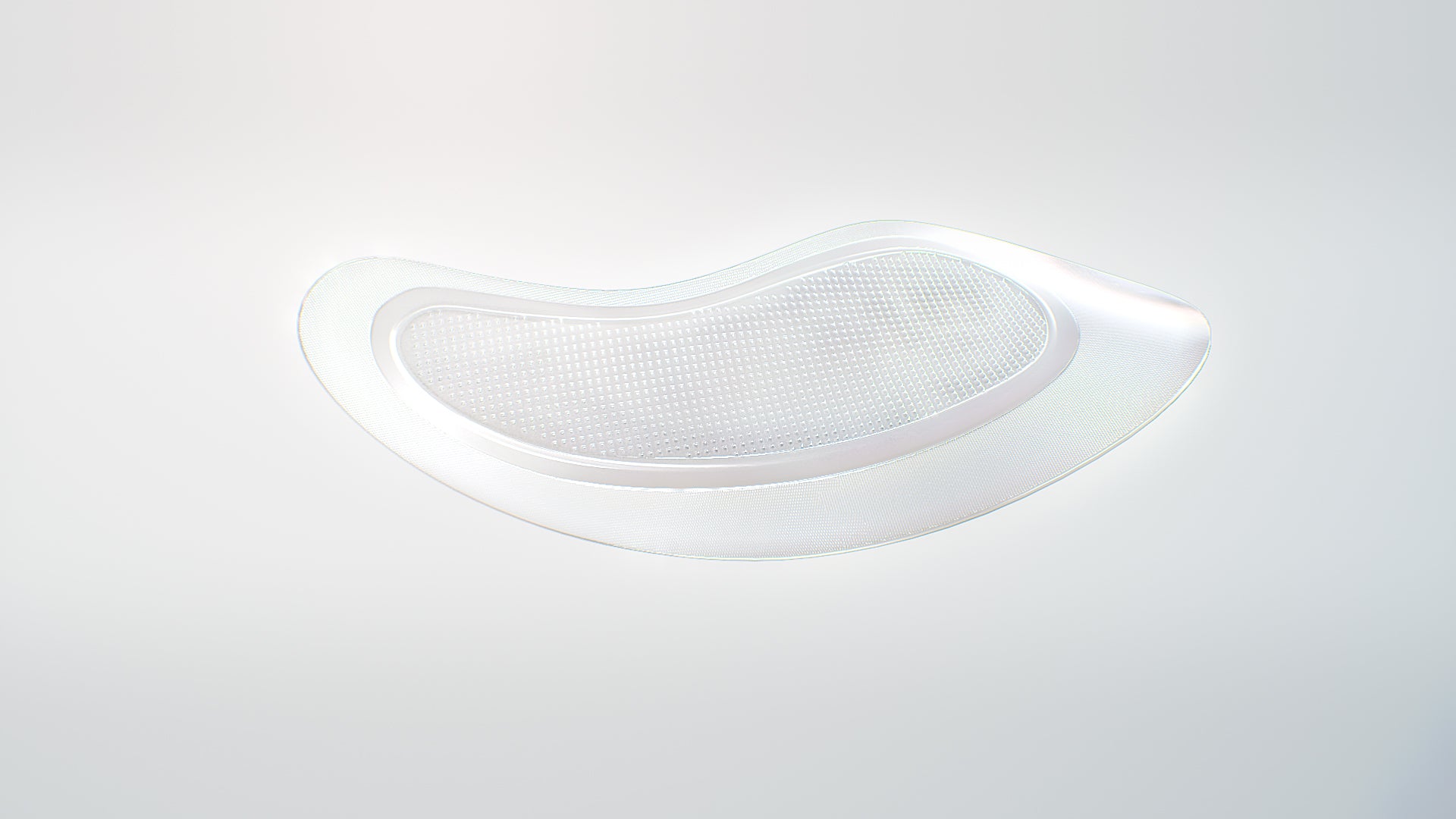Unveiling an uneven skin tone can raise questions, especially if you're dealing with dark patches on your face. The culprit might be hyperpigmentation, a term encompassing various skin conditions. But within this spectrum, melasma stands out. Let's delve into the nuances, understand their origins, and explore effective treatments.
Understanding Hyperpigmentation:
Hyperpigmentation is a collective term for skin conditions causing dark patches. Whether triggered by inflammation, acne scarring, pregnancy, or sun damage, it manifests in three primary forms: primary pigmentation, post-inflammation hyperpigmentation, and UV-induced hyperpigmentation.
What Sets Melasma Apart:
Melasma, a type of primary pigmentation, is the most prevalent form. Gradually appearing on the forehead, cheeks, nose bridge, and upper lip, it's more common in women and darker-skinned individuals. Recognizable by flat, brown patches, melasma's symmetrical nature distinguishes it from other forms of hyperpigmentation.
Causes of Melasma:
Hormonal imbalances, often occurring during pregnancy (chloasma), stress, thyroid conditions, or hormone-based medications, can lead to melasma. Sun exposure is another catalyst, exacerbating pigmentation problems for those already prone to hyperpigmentation.
Prevention and Treatment for Hyperpigmentation:
Hyperpigmentation stems from melanin overproduction. Medical solutions involve hydroquinone creams, but skincare-based approaches focus on sun protection, using SPF, and concealing makeup.
Addressing Melasma:
Melasma treatment varies based on its cause. For pregnancy-induced melasma, it often subsides postpartum. Hydroquinone can provide short-term relief, complemented by sun protection measures like hats and sunglasses.
Vice Reversa's Solution:
Introducing Vice Reversa Pigment Fader Microneedle Dark Spot Patches – your ally against skin pigmentation woes. Crafted with 500 serum-infused microcrystals containing skin-brightening ingredients like tranexamic acid, niacinamide, vitamin C, and glutathione, these patches provide targeted precision without any discomfort. Ideal for combating melasma, age spots, acne scarring, and sun damage.
Whether you're navigating melasma or other forms of hyperpigmentation, Vice Reversa understands the emotional toll. Our Pigment Fader Microneedle Dark Spot Patches offer a groundbreaking solution, embracing cutting-edge technology to fade discoloration and restore your skin's vibrancy. Are you ready to unveil a brighter, more confident you?

